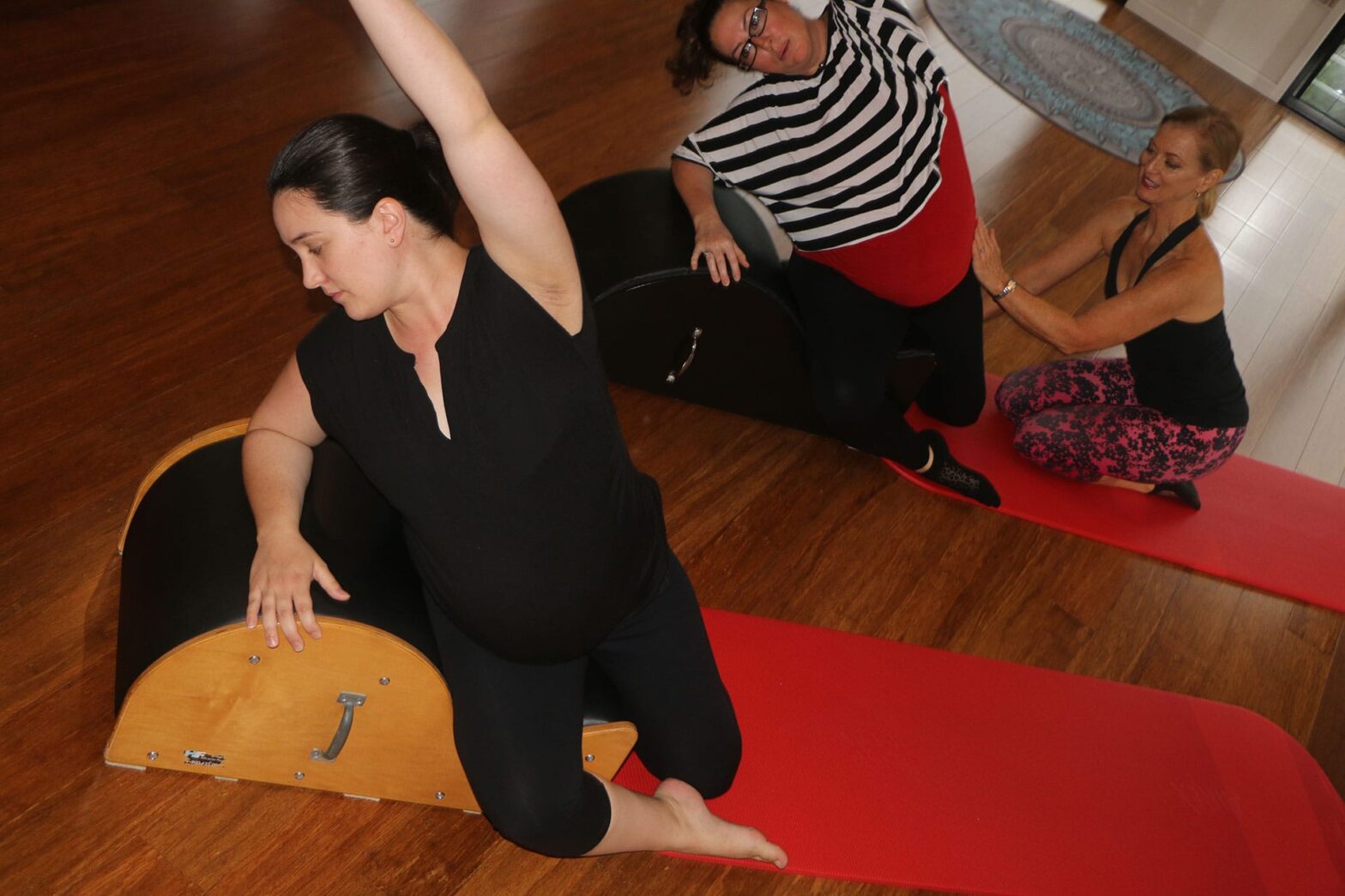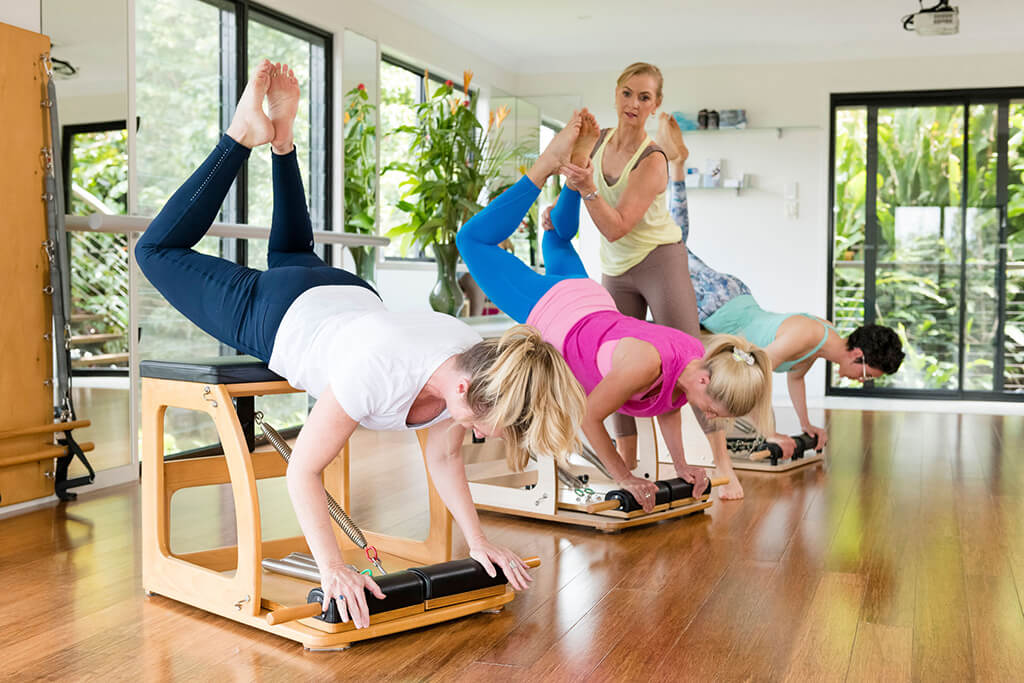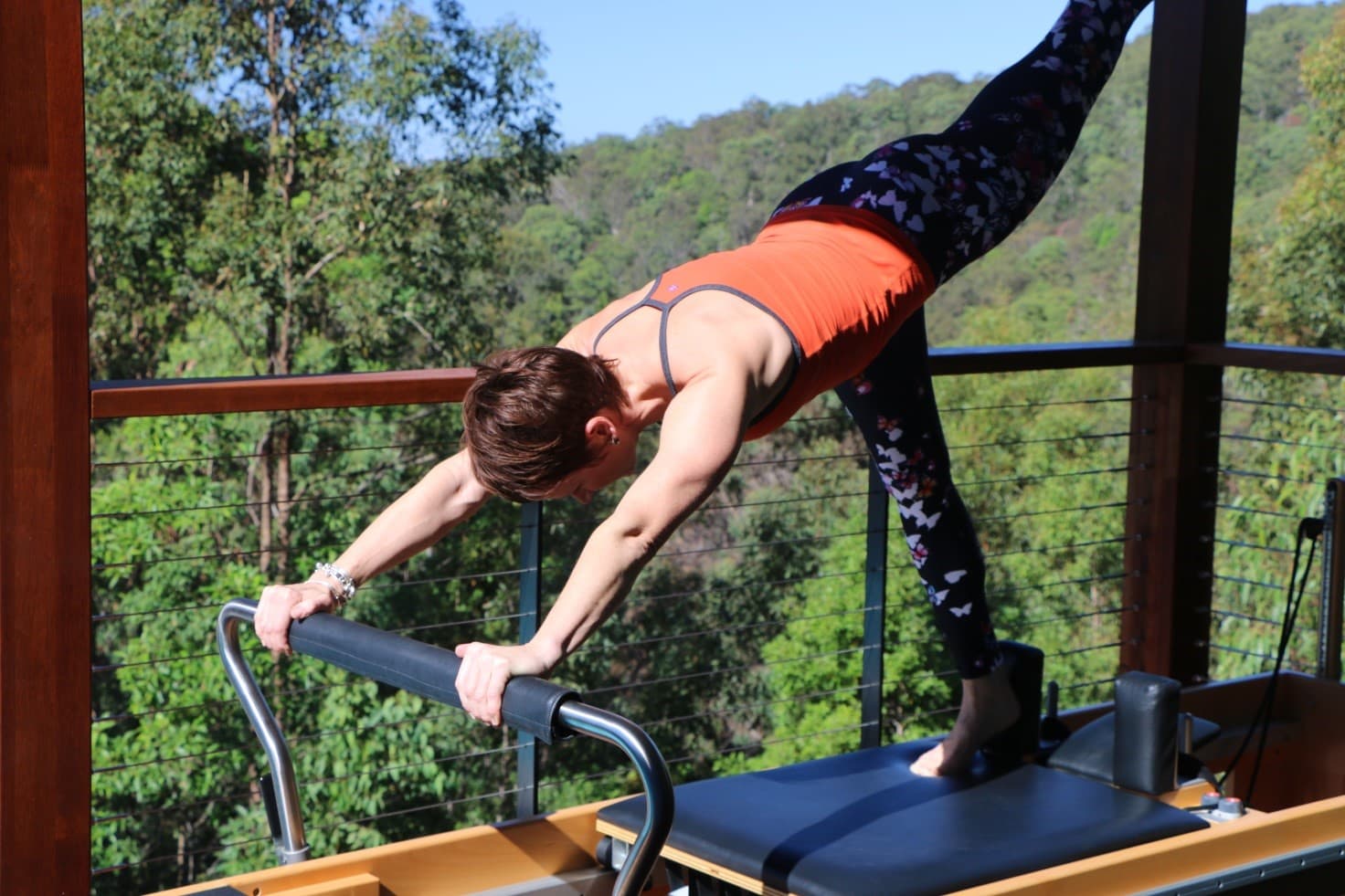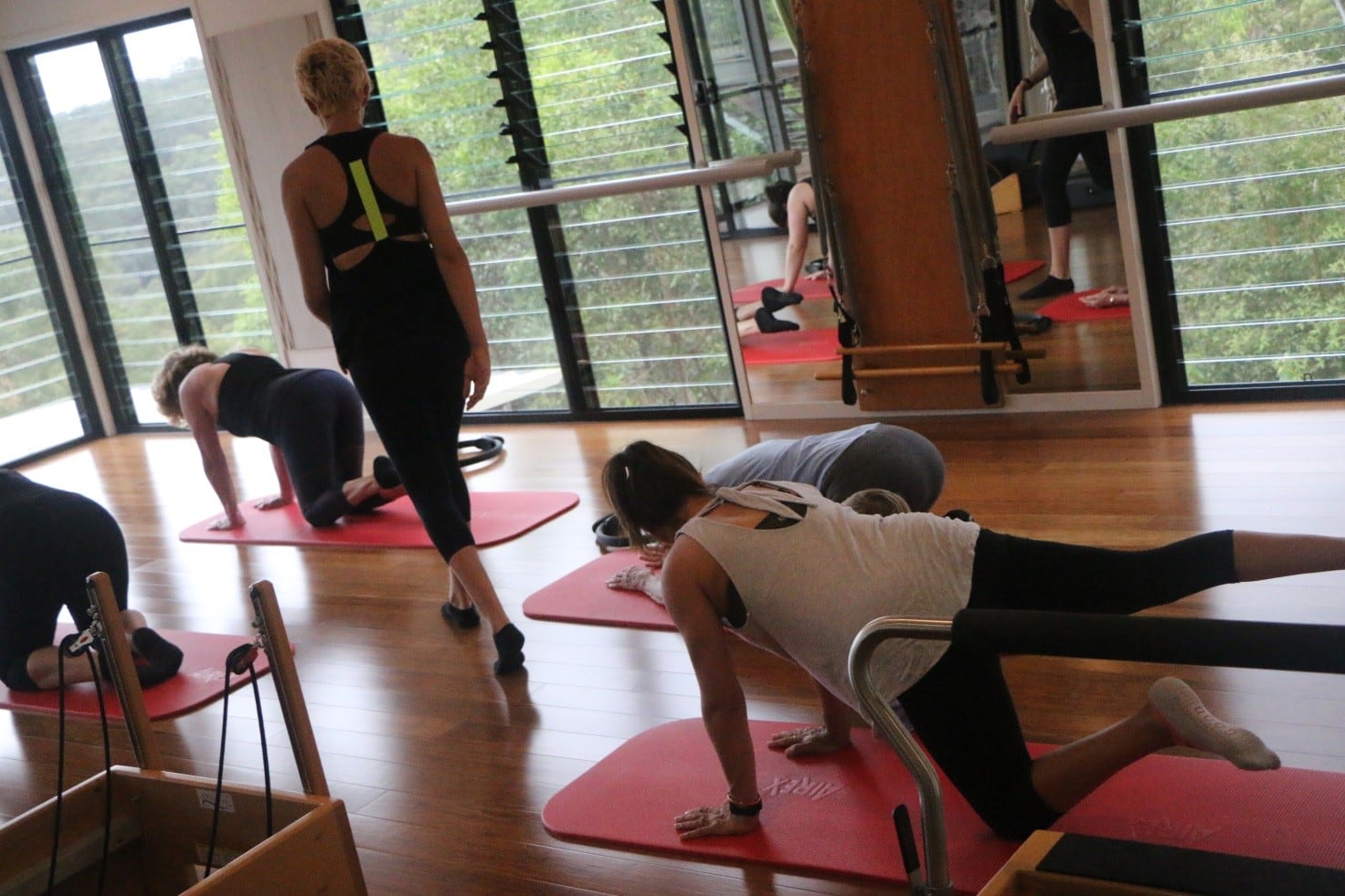
Safe Exercises During Pregnancy
Posted on June 08, 2019 by adminExercise during pregnancy is incredibly important for a multitude of reasons. As the pregnancy progresses so do the restrictions as to what types of exercise is safe to be performed. Many women turn to Pilates while pregnant due to the focus on pelvic floor and abdominal muscles as well as other key postural muscles that support the spine while under the increased load of carrying the baby. Pilates also offers a low impact delivery style which makes it one of the safest exercise practices to follow whilst pregnant.
So how can Pilates assist my pregnancy?
Exercising the pelvic floor not only makes this group of muscles stronger but also makes them more flexible and resilient to cope with the added pressure of a growing baby. Increasing the pelvic floor strength gives additional support to the bladder and bowel and reduces the risk of stress incontinence post birth. Because many women report experiencing back pain whilst pregnant, particularly in the third trimester-Pilates is a natural choice to deal with this condition as well. Cultivating strength in the core and lower back will reduce back pain, improve and maintain good posture and make you steadier on your feet during pregnancy.
During pregnancy, the load on the body is increasing with each passing day and also the amount of relaxin present in the body is surging. Relaxin is a hormone which softens the ligaments to allow the pelvis to stretch during delivery and is this hormone remains present in the body for up to 5 months after the birth. Relaxin affects all of the muscles, joints and ligaments in the body- not only the ligaments in the pelvis.
Pilates has a myriad of exercises that are safe during pregnancy, and much of the existing Pilates repertoire can easily be modified to benefit the pregnant body. One of the tools that greatly assists with pregnant clients is the foam roller.
Common Pilates exercises such as ’Curl ups’ can performed by a pregnant woman by placing the roller width ways just below the shoulder blades, interlacing the hands behind the head and extending back over the roller, then exhaling and bringing herself back up to a neutral spine. This exercise is safe for pregnancy because it does not put excess strain on the abdominal muscles like regular curl ups do, rather you are working the abdominals eccentrically in a lengthened position. ‘Curl ups ‘in this fashion also aid to strengthen the core muscles against splitting of the abdominals due to strain (a condition referred to as Rectus diastasis and one to be avoided at all costs!).
‘Toe taps’ and ‘Dead bugs‘ are also key hero Pilates exercises that can fit into any pregnancy routine. They can be performed on the floor or with the spine laying lengthways on the roller for added challenge. These exercises assist by isometrically strengthening the core, pelvic floor and diaphragm. ‘Pointer’ is another valuable Pilates exercise during pregnancy, especially into the third trimester. Starting in a four point kneeling position and slowing extending the opposite arm and leg out while keeping balanced works the obliques, and the spinal extensors.
Choosing who to see for your Pilates practice is a matter of great consideration, especially when pregnant. Finding a Pilates studio or Allied health clinic that does private or small group classes and making time to have an initial assessment to discuss your goals beforehand should be first on your list when planning out your pre and post natal health care.
Latest Blog Post

How To Become a Pilates Teacher in Australia: Your Ultimate Guide
Looking at A Career In Pilates Teaching? So, you love pilates and would like to become a qualified pilates teacher? Let’s help you get started as it can be quite confusing with all the options available. With the right guidance and qualifications tou can turn your passion into a rewarding career as a pilates …
Continue reading “How To Become a Pilates Teacher in Australia: Your Ultimate Guide”

Pilates for runners
Running is popular and accessible form of exercise for many people of all ages. However, runners can be at risk injury due to poor technique and therefore prone to developing pain or discomfort as a result of muscle imbalance or uneven gait cycles. Due to the high impact nature of running, preexisting injuries, weaknesses, imbalances, …

Benefits of mat Pilates
Pilates can promote better general fitness through improved strength and endurance, balance, flexibility, and posture- all preparing the body to be better able to engage in tasks of day-to-day life. Pilates is also an effective method for managing or improving functional limitations resulting from injury, surgery, or existing pathologies. Pilates provides a well-balanced approach to …


